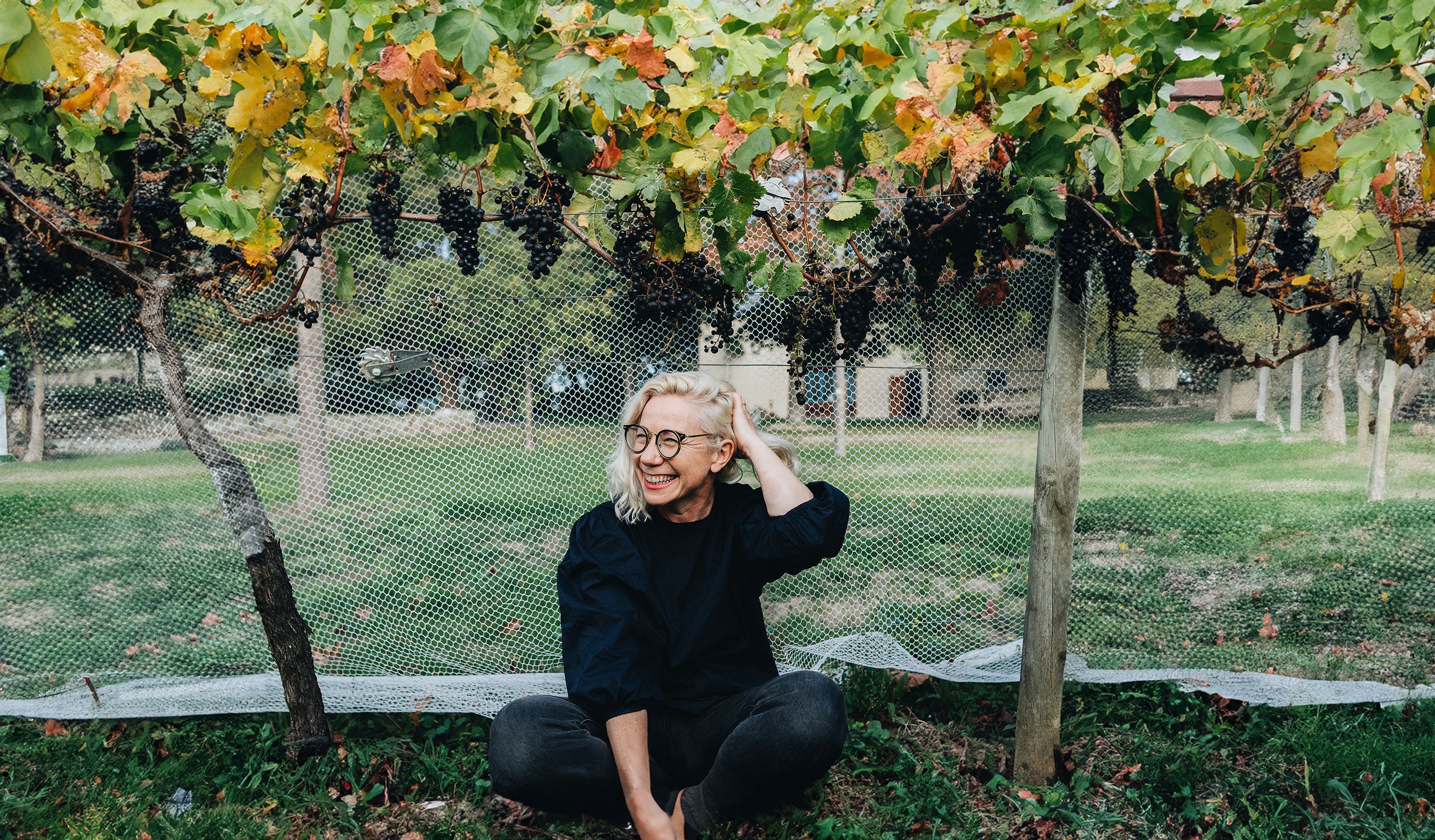Helen Masters joined Ata Rangi as their winemaker in 2003 and has further cemented the estate's reputation for making some of Martinborough's (and New Zealand's) finest wines. Her talent for site-specific Pinot Noir, combined with a deep love of organic agriculture, led her to be named New Zealand Winemaker of the Year by Gourmet Traveller WINE magazine in 2019.
Here we talk with Helen about her impressive career and delve deep into what it is about Martinborough that makes it's Pinot Noir so acclaimed.
For more information about purchasing the wines of Ata Rangi, please speak to your Account Manager. Not yet a customer? Contact Us to discuss opening an account.
What was your wine background before you came to Ata Rangi over 20 years ago?
I actually did my gap year at Ata Rangi before I went to university, so I have known them for a long time. After graduating and working in food production in Auckland, I decided to get back into the wine industry. I worked in many different places around New Zealand and did lots of vintages in California and Oregon before settling back to Martinborough, working down the road from Ata Rangi at Martinborough Vineyard.
I rejoined Ata Rangi again in 2003, having really fallen in love with the Pinots from the region. My journey has been all about Pinot. I went from one Pinot producer to the next, but I knew I’d always go back to Martinborough.
Why did you decide to become a winemaker?
I’m the youngest in a very large family and noticed that whenever my older siblings bought bottles of wine for Sunday lunch, those lunches were always much better. There was less talk about politics and religion and more about wine, with everybody happy to agree to disagree on whether they liked the bottle or not.
I came to love it as a way of bringing enjoyment to a meal. From there I started to learn more and fell in love with the history of wine as well. I loved how the two were connected. So, even when I was still at school, I knew I wanted to be a winemaker.
I also loved that you would spend all year growing the grapes. Being a winemaker is much more than just knowing how to make wine, especially in a small winery. The great thing about it is that you get to spend the whole year overseeing what happens in the vineyard. You’re striving to grow fruit that will make the wines that will express their site.
Winemaking is a process that involves the whole team, the land, the climate, and so much diversity. It’s only a six-week period where you nurture the fruit through into wine. You’ve spent the rest of your time and energy in the vineyard.
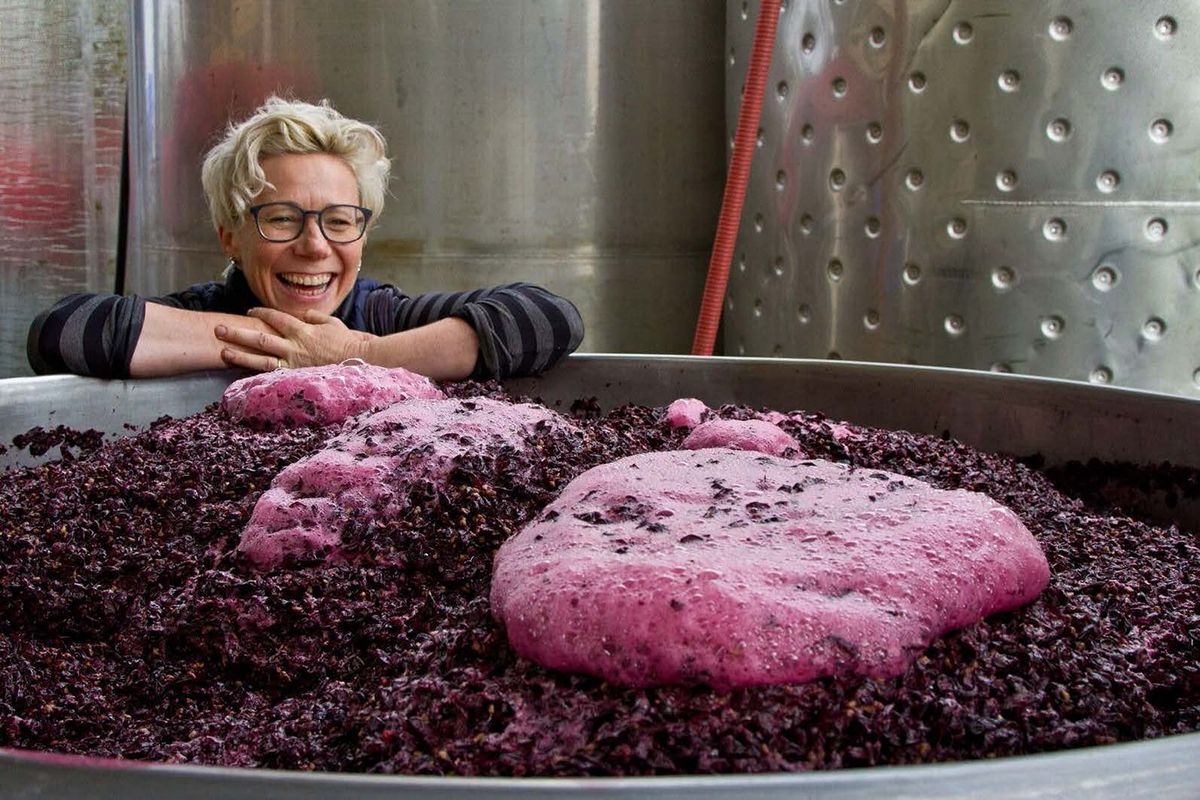
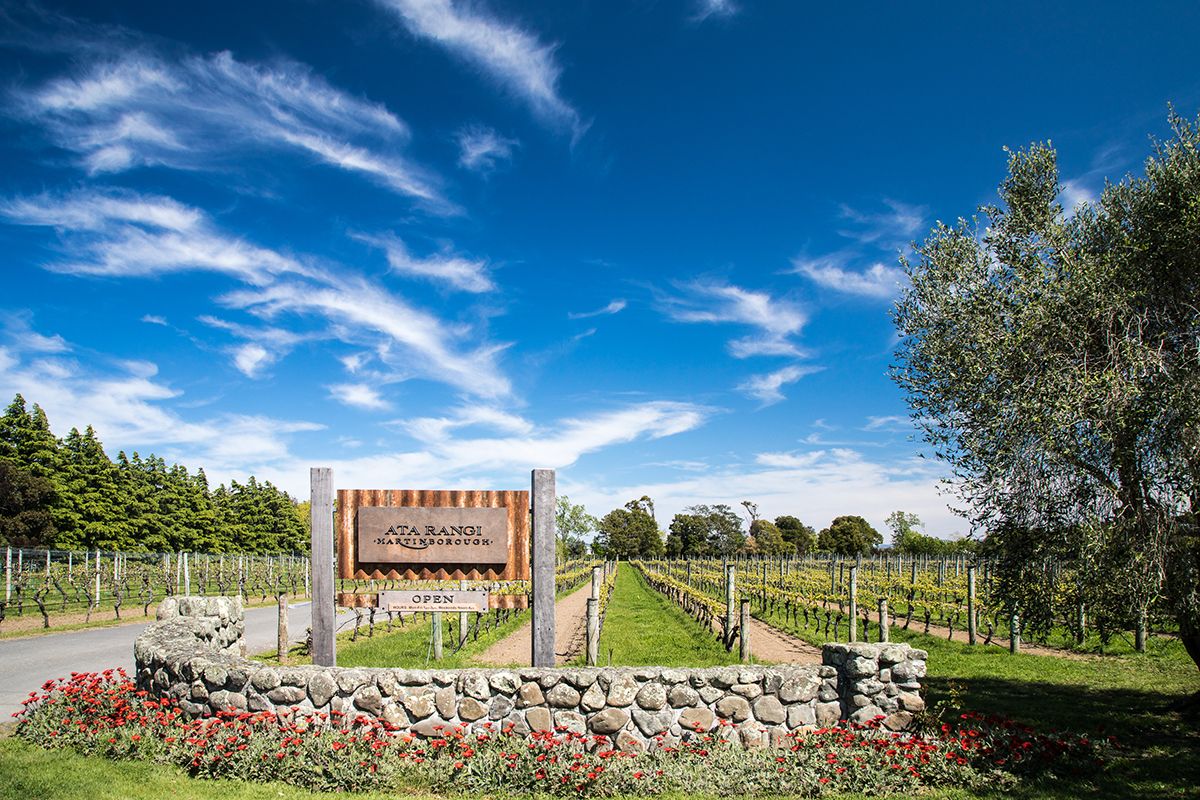
That segues nicely into my next question, which is, what do you think distinguishes Martinborough from other growing areas in New Zealand?
Well, I think the biggest thing is that the region is in the Wairarapa Valley [Wairarapa meaning 'Land of Glistening Waters' in Māori], which is at the southern tip of the North Island and completely open to the Antarctic, which channels this very cold air.
Martinborough is a very small region, only about 1.5% of New Zealand’s production, so you can’t really increase plantings. It’s home to small boutique wineries. Being exposed to the south means we often have this really cool, icy kind of weather in the spring during flowering. As a result, you’ll find that a some of the flowers don’t form into a berry. So, instead of being a tight, little Pinot bunch, the fruit has a very loose bunch architecture. This drives a smaller bunch weight, which then drives a smaller yield.
The soils in Martinborough are also very free draining, meaning the canopy is quite small, too. The region always has a uniquely low natural yield.
Due to the southerly Antarctic exposure, Martinborough has cooler summers than most other regions. Fruit spends longer slowly ripening on the vine instead of this rapid heat that makes sugar accumulation happen really quickly. Our slower ripening means that the tannins in the seeds and skins reach a level of ripeness that I don’t think you see in other areas. At lower brix [a grape’s sugar content], you get these more savoury, finer wines with a real drive to them. Rather than having big fruit sweetness or alcohol sweetness, they tend to be drier in style, which I love. I love a wine that doesn’t have overt sweetness.
So, it’s never going to be an area where the big players and big commercial companies come because of those naturally low yields. Instead, Martinborough is home to many small producers who all know each other and work together. It’s a real community, which I really love and value.
How do you approach farming the vineyards in such a unique place?
We are certified organic, and we’ve always been attuned to that approach. We’ve never used synthetic fungicides, but the big switch was when we stopped using herbicides about 10 years ago.
Our logic behind this is that we want to be in this industry for a long time by ensuring our vines remain healthy. To do that, the most important thing is the soil: having really great soil mycorrhiza and fungi and getting them active so they move all the nutrients to the grapevines. We sometimes use fish products in the soil to get the mycorrhiza active at certain times of the year, but we aren’t adding chemicals; we’re just getting the soil to do the hard work!
You need to be very detail-focused when farming organically. You've got to do lots of passes through the vines and always look at what’s happening in the vineyard. You don’t have any recourse to use strong chemicals to fight against powdery mildew, for example, so you have to be watching what happens very closely. You have to really be on your game.
You also have to adjust your approach each season, as no two vintages are alike. 2023, for example, was the wettest we’ve had, while 2020 and 2024 have been the driest. There is no set formula. Then there’s the vine age. We now have a lot of older vines that are 43 – 44 years of age, and we approach them differently than we do the younger vines. There are always so many factors and combinations of factors to consider. It’s super interesting. You can never say that it’s boring out there in the vineyard!
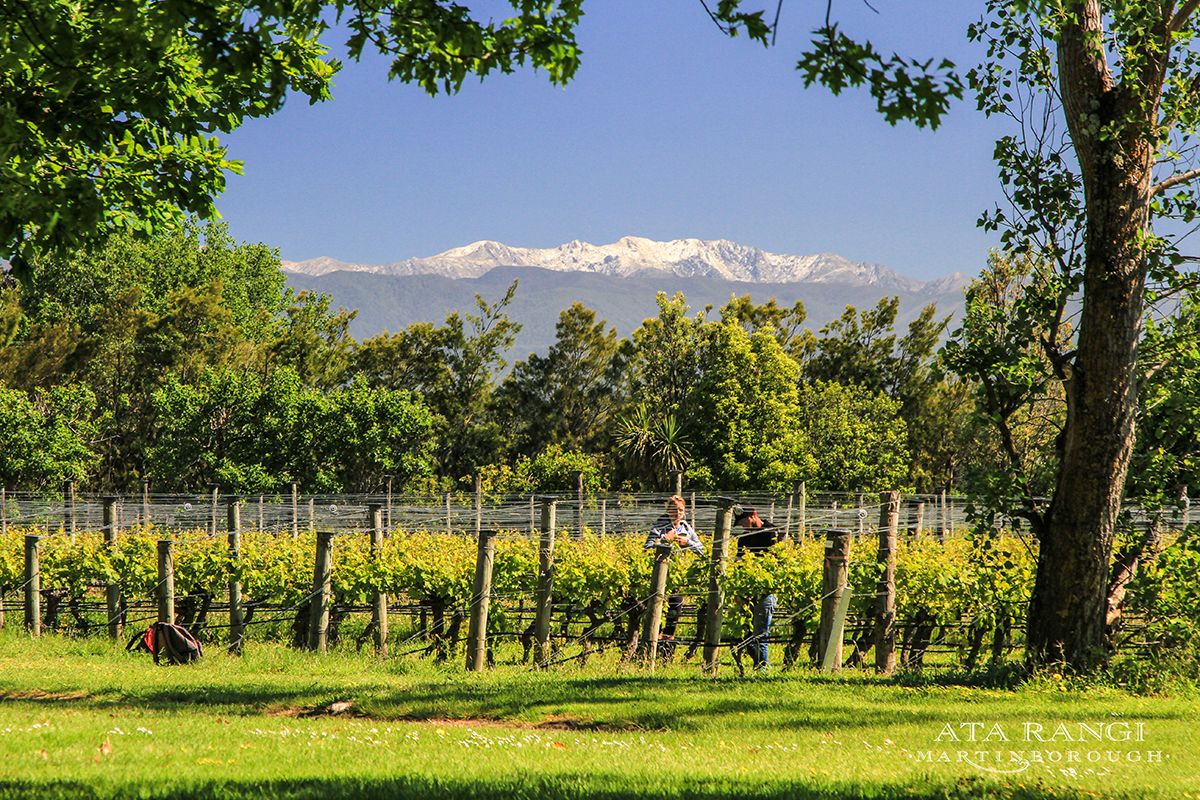
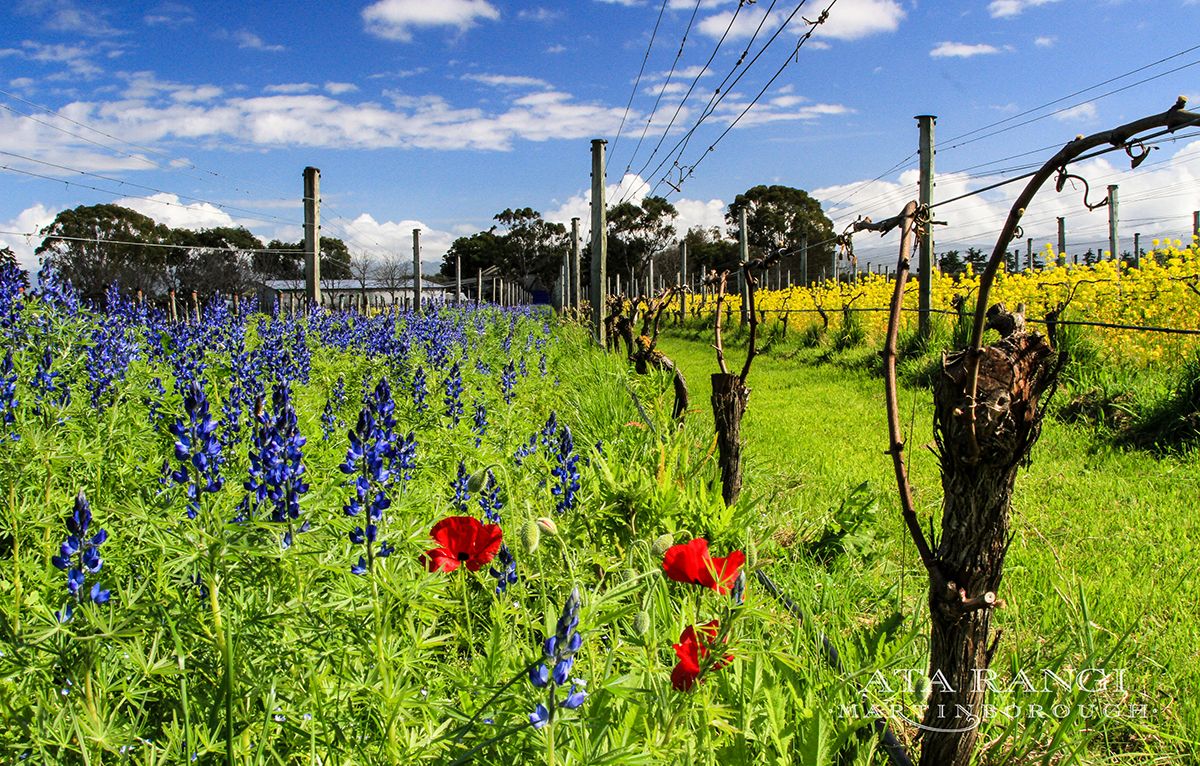
Farming is a hot topic in the wine industry currently, with regenerative and biodynamic agriculture discussed a lot in particular. Are there elements of these approaches that you find interesting and incorporate? E.g. with your approach to soil health.
Regenerative definitely, we’re not ploughing between each row, and if we want to plant more cover crops, like Lupin, for example, then we’ll drill that rather than cultivating the soil. Then, at the end of the season, we might crimp these down to create a natural barrier to keep the soil cool. So, I definitely see elements of regenerative farming that are really appropriate to use in Martinborough.
My opinion is that biodynamics is not necessarily the answer for New Zealand. We’re an island in the southern hemisphere, and it’s a system that was devised by a man in the northern hemisphere. All of the plant species used in biodynamic preparations are not native to New Zealand, so it doesn’t quite fit. The Māori culture also has its own calendar, and I don’t think we should be applying yet another system from the West if you really want to produce wine from New Zealand. There are more of us talking about this in New Zealand now: why are we applying a system that comes from Austria to a South Pacific Island?
Yes, our grape vines came from Europe, but we want to try and retain as much of our natural and native species too. We do a lot with native shelterbelts [which protect the vines from strong winds], using native New Zealand trees instead of European examples, such as poplars. There are a lot of native insects in New Zealand that help us in the vineyards, such as native wasps that lay their eggs inside the leafroller caterpillar and kill it in the process. Our idea is to try and bring as many of those native species onto our vines as possible. We're not in Europe. We are in New Zealand, so our vineyards should reflect that rather than going further down the European route. It’s a learning process, how to keep our vines invigorated within our own unique context.


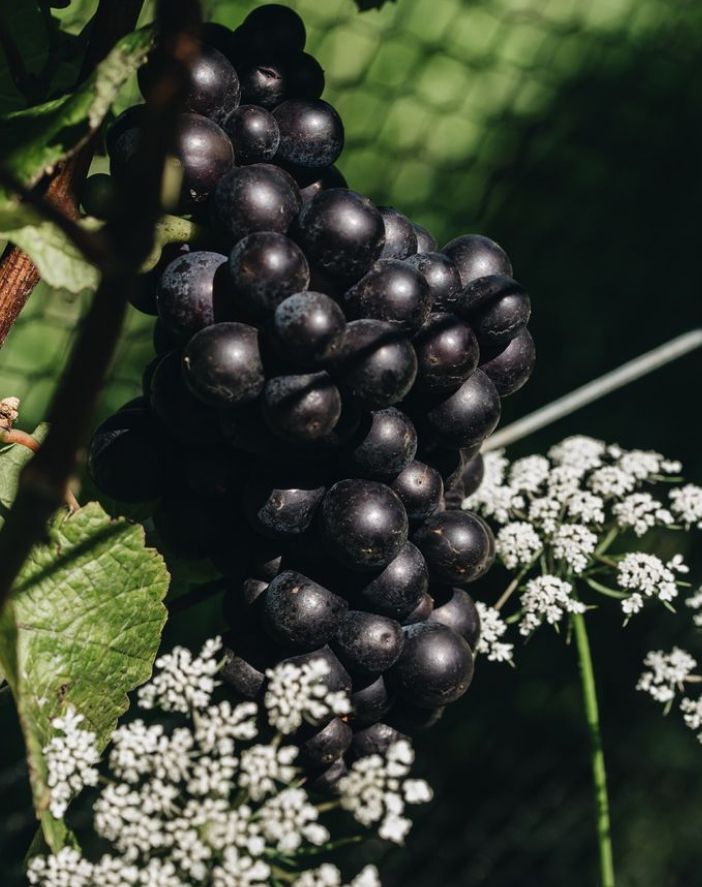
Delving deeper into Ata Rangi’s vineyards, could you talk us through these different sites and single vineyards? What differentiates them?
Some of our vineyards are contiguous to each other, and others are just down the road, so they’re all quite close. Before Martinborough was a wine-growing region, it wasn’t popular with farmers because the soils were so free-draining. As a result, people used to think that all the soils were pretty similar. But when you dig a little deeper, these plots and parcels that are only 500 metres away from each other actually have very different soil types. The fact that they’re so poor and free-draining also means that the vine roots have dug deeper, and we see different expressions come through clearly as a result.
We have the original home block right next to the winery, with Champ Ali, Craighall, Dimattina, and Walnut Ridge just across the road. These are all our first vineyards, and they are blended together to form the 'Vineyard Selection' Pinot Noir. The younger vines and underlying material are used to create ‘Crimson’. Then, we have some single-vineyard sites, which at one point were also blended into Crimson. We have to wait for the vines to age before bottling them as a single vineyard.
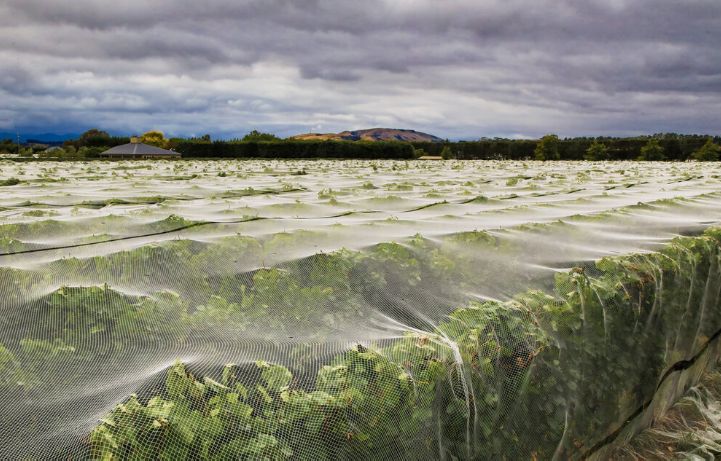

The 'McCrone' vineyard
About 500 metres from the winery, we have the ‘McCrone’ vineyard, which came about in a really interesting way. In the late 1990s, Clive and Phil from Ata Rangi went to the International Pinot Noir Conference in Oregon and met Don and Carol McCrone. Though both academics, they owned a Pinot Noir vineyard in Carlton, from which Ken Wright Cellars made a ‘McCrone’ vineyard wine.
A few years later, after meeting Clive and Phil, they decided they wanted to plant a ‘McCrone’ vineyard in the southern hemisphere, so they travelled around New Zealand and settled in Martinborough. We ended up doing a joint project with them, planting the vineyard and purposefully selecting the site to have a bit more clay. We knew we wanted it to have a different voice. It was our first foray into making a single vineyard, and we knew from the start that was what we wanted from this site.
We planted it with the same clonal makeup as our other vineyards because we wanted to have a clear expression of the site, something we could compare to a vineyard 500 metres away with more free-draining soils, for example. We could really identify what the clay within the gravel soil composition would do to the final wine.
It has changed a lot over time as the vines have gotten older. Now, it makes much more spicy, robust wines that are almost a little ferrous, with power.
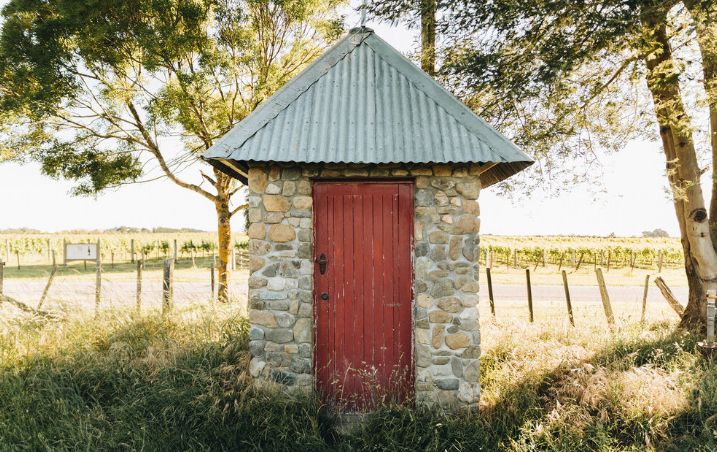

The 'Kotinga' vineyard
Another site, ‘Kotinga’, is a little further down the road and right on the edge of the terrace. In Māori, ‘Kotinga’ means ‘to cut’ or ‘to harvest’. This 3-hectare site wasn’t planted by Ata Rangi; it was planted between 2000 and 2001 by a gentleman called Roger Gaskill, who had decided to use three different Dijon clones, which were very popular at the time. Being all Dijon, right at the edge of the terrace and having very free-draining soils makes ‘Kotinga’ very different from our other sites (which are planted Abel [also known as the ‘Gumboot’ clone, which originates from a Domaine de la Romanée-Conti cutting, smuggled into New Zealand in the 1970s], Clone 5 and a very small percentage of Dijon). One of the things I do love about these Dijon clones, though, is that they’re really bright and have lovely energy. They don’t necessarily have the potential for length and texture as some other clones, but they do well on this site.
This vineyard bounced around a lot of Martinborough producers when it was first planted. Everyone found it really reductive. When I got the fruit in 2007, those first few years it was really reductive as well, so we’d blend it into Crimson. But I was determined to crack this vineyard. In 2014, we purchased it, and the first thing I did was convert it to organics, and that’s when I saw the major change coming through. I was able to ferment it without getting any over-reduction, and the tannins, which had been quite feisty before (because the soil is so free-draining), began to soften out.
From the start, I’ve always said that I won’t make a single vineyard from a wine that needs to be fined. So, we don’t do any fining of filtering on these wines and the vineyard has to have its own natural balance. It took until 2019 for me to become really pleased with the wines from ‘Kotinga’. 2020 was the first release from this vineyard. I really want to retain its natural qualities and energy, so I age ‘Kotinga’ in a large foudres (2280 Litre barrel) instead of a small barrique. I like the way those two work together. I seasoned the foudres first with Crimson for a few years and am now really happy with the match it’s made to the ‘Kotinga’s’ fruit profile.
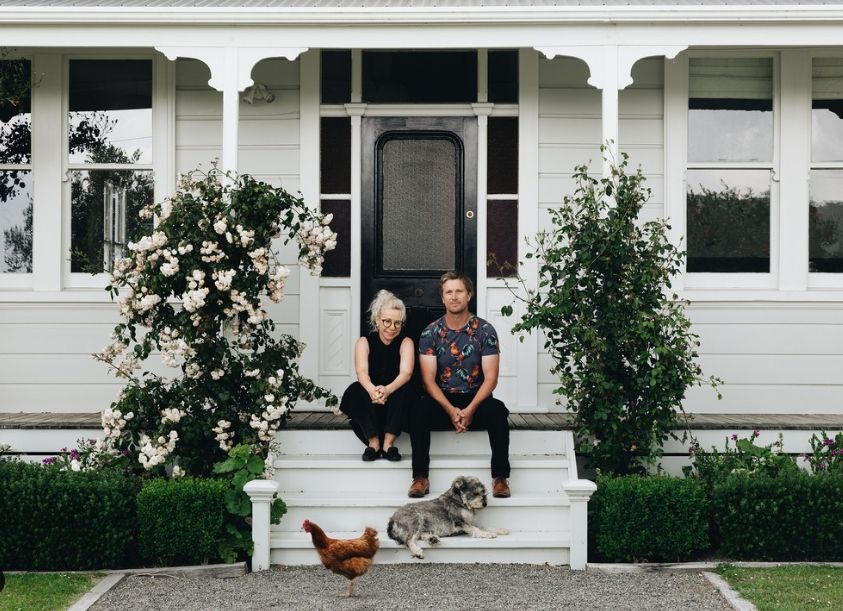
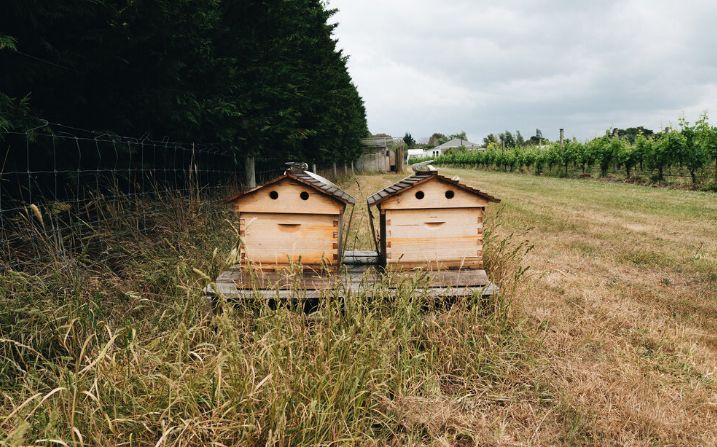
The 'Masters' vineyard, where Helen lives with her husband Ben and their children.
The third site that we release as a single vineyard is the ‘Masters’. This site is four kilometres south of Martinborough town, where the alluvial gravel terrace is exposed, and the soils are more of a mix of clay and gravel. It was established by two really smart ladies from Wellington, who took a lot of advice and planted the vineyard with a lovely clonal selection. There’s some Abel, Dijon and a little bit of Clone 5, as well as some Chardonnay plantings.
I had originally been buying the fruit for Crimson, but I really liked this site. It’s slightly cooler because it’s further south and ripens a week or two later than those in the town. I really love the aromatics from this site, too, which are kind of orange and Negroni.
I always said to those ladies that if they ever wanted to sell that vineyard, I would buy it. So, I ended up buying it in 2015! But I struggled with the name. Those ladies had called it ‘Seriously Nuts’ because they had originally wanted to plant nuts but, at the last minute, changed their mind. When I went to make it as a single vineyard, I thought, ‘Ata Rangi, Seriously Nuts … I don’t think this is going to work’. I wish now that I had done!
I messed around with the name, and nothing seemed to work, so in the end, I just called in the ‘Masters’. It’s also where I live now. It has been a really great project for me, as my family and I do all the work in the vineyard. My husband, who was a designer, is now a pretty good vineyard manager! The first thing I did was convert it to organics, which made a huge difference. I had always wondered what kind of winemaking approach would best suit this site. The biggest thing that makes a difference once you’ve got through to harvest is the picking date. Then you think about how much whole bunch you might use, how you age it.
With this site, I always knew that whole bunch was going to be really important. What’s funny is that for years, I was making 100% whole bunch wines from this site and showing them to people blind. They’d say, ‘Oh, do you use any whole bunch? Because I can’t really tell’ and it would be amusing to explain that it was 100%. It just gives it a beautiful texture. I do quite a few different things with the ‘Masters’ vineyard. I do a lot of ferments that are closed up, without any pump overs or punch downs. They just sit and ferment and bring a really aromatic element to the wine.
What do you think it is specifically about Martinborough that makes it so well suited to Pinot Noir in particular?
Pinot is tricky to grow. It doesn’t like humidity, so you need to have airflow. Martinborough is generally a bit windier, so humidity levels are lower, and it has cool nights, so the fruit retains its really bright acidity. Chardonnay can grow in more parts of New Zealand because although it's prone to powdery mildew, it can handle humidity better. Its skins are slightly more robust than Pinot Noir. Pinot is always more of a challenge, but because of the climate in Martinborough, we are able to grow our own distinctive Pinot Noir expressions with real density and weight without being heavy.
The vines can really express their soil once they’re older, getting four metres down into the soil where it’s a lot cooler and temperatures don’t vary with the heat of the sun. The vines don't take up so much water when it rains, so there's also more consistency of style from vintage to vintage.
Martinborough has often been seen to have a homogenous kind of soil type, but it actually has a lot of soil diversity. The way that the gravel terrace was formed here means there are ridges and smears of clay too. Plus, variation of aspect comes into play. It makes very unique Pinot Noir.
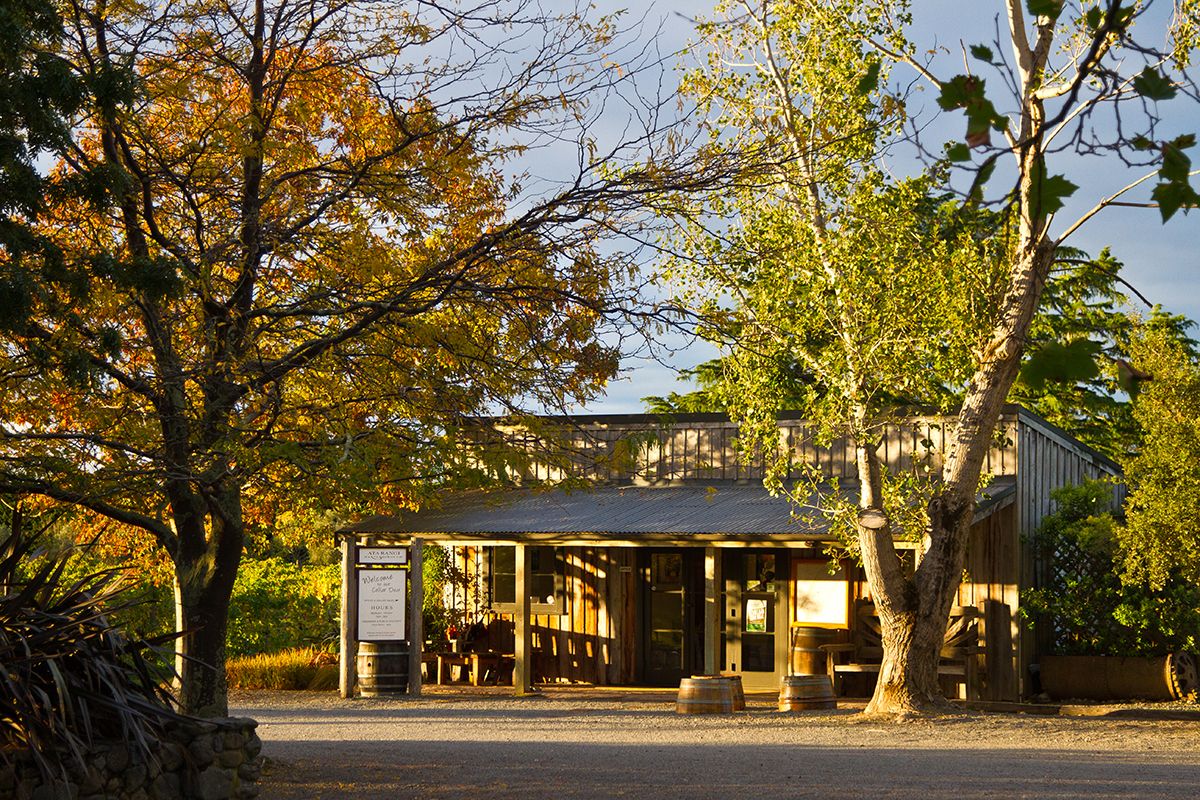
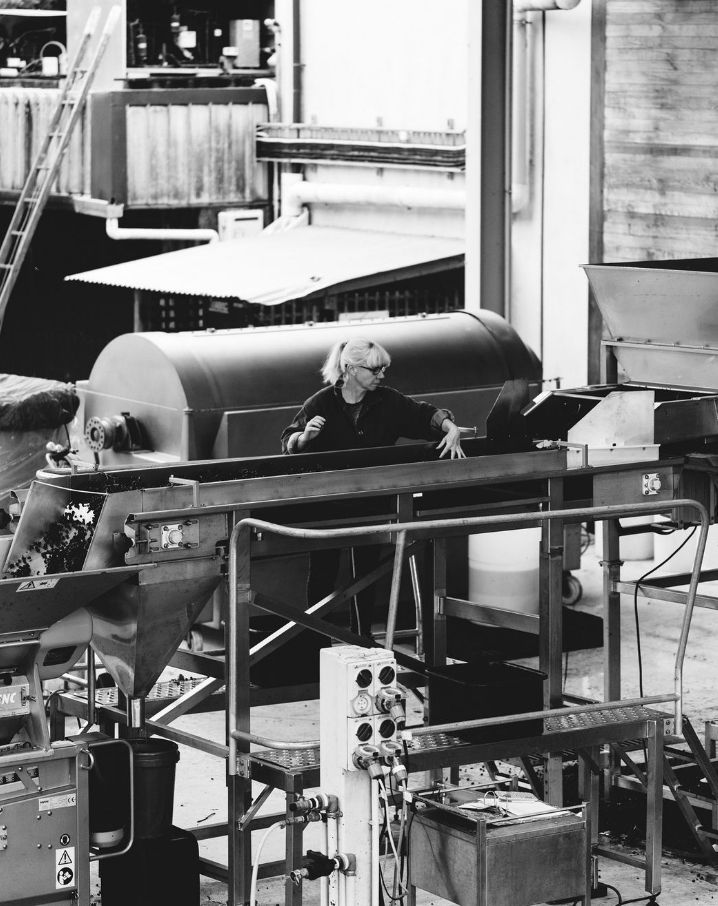
How are things changing with climate change? Not just in Martinborough but New Zealand as a whole.
I’ve been thinking a lot about that. You know, up until recently, I feel like New Zealanders were always asked, ‘Why do you always talk about clones? Why do you talk about Pinot clones? We don’t talk about that in Burgundy’. It was almost like we were naive to talk about clones. But I think what’s going to help us in New Zealand with climate change is that we do talk about clones and really understand them.
We have clones where bud burst from one clone to the next is three weeks apart, the Abel clone being the latest and Dijon being earlier. So, in some seasons, Dijon clones might not do very well because maybe they’ve been hit by frost or cool spring weather, followed by a hot vintage, meaning they ripen too quickly. In that year, Abel might do better because it flowers later and takes longer to ripen on the vine. However, in a wet year, you might struggle with an Abel clone.
Having different clones helps us manage the vintage, as we now understand how each responds to certain vintage conditions. If you opt for mass selection instead of clonal diversity in a vineyard, you might end up with a whole crop that ripens early and are therefore ill-equipped to deal with a difficult vintage. Having a diversity of rootstock and clonal material is hugely important. I think it will really be a strength for us going forward. Though I suppose by being a long, skinny island in a huge ocean, we haven’t seen temperature rises as much; it’s more about the weather systems, like cyclones and huge frosts.
It also helps that we don’t have as many rules as in Burgundy, for example. We can change the canopy height, so if we are getting more frosts, we can lift them up. Or, if we need grapes to ripen earlier, we can lower them closer to the ground. We have flexibility. I am sure there are plenty of people in Burgundy who would love to change, but unfortunately, they can’t due to their appellation laws.
Thinking more about the future of New Zealand winemaking, what is currently exciting in the industry that you think will carry forward?
I think that there is a newfound confidence in the industry that is really exciting. Marlborough has been making wine for 50 years, Martinborough around 44, and Central Otago about 34, and we’ve now hit a point where people are no longer looking to the other side of the world for guidance. The next generation are making wines that are more reflective of their place and that’s what’s driving them. I think the wines are getting better and better. There are lots of small producers doing things a little bit differently; they have confidence in the land and their own vision.
For more information about purchasing the wines of Ata Rangi, please speak to your Account Manager. Not yet a customer? Contact Us to discuss opening an account.
